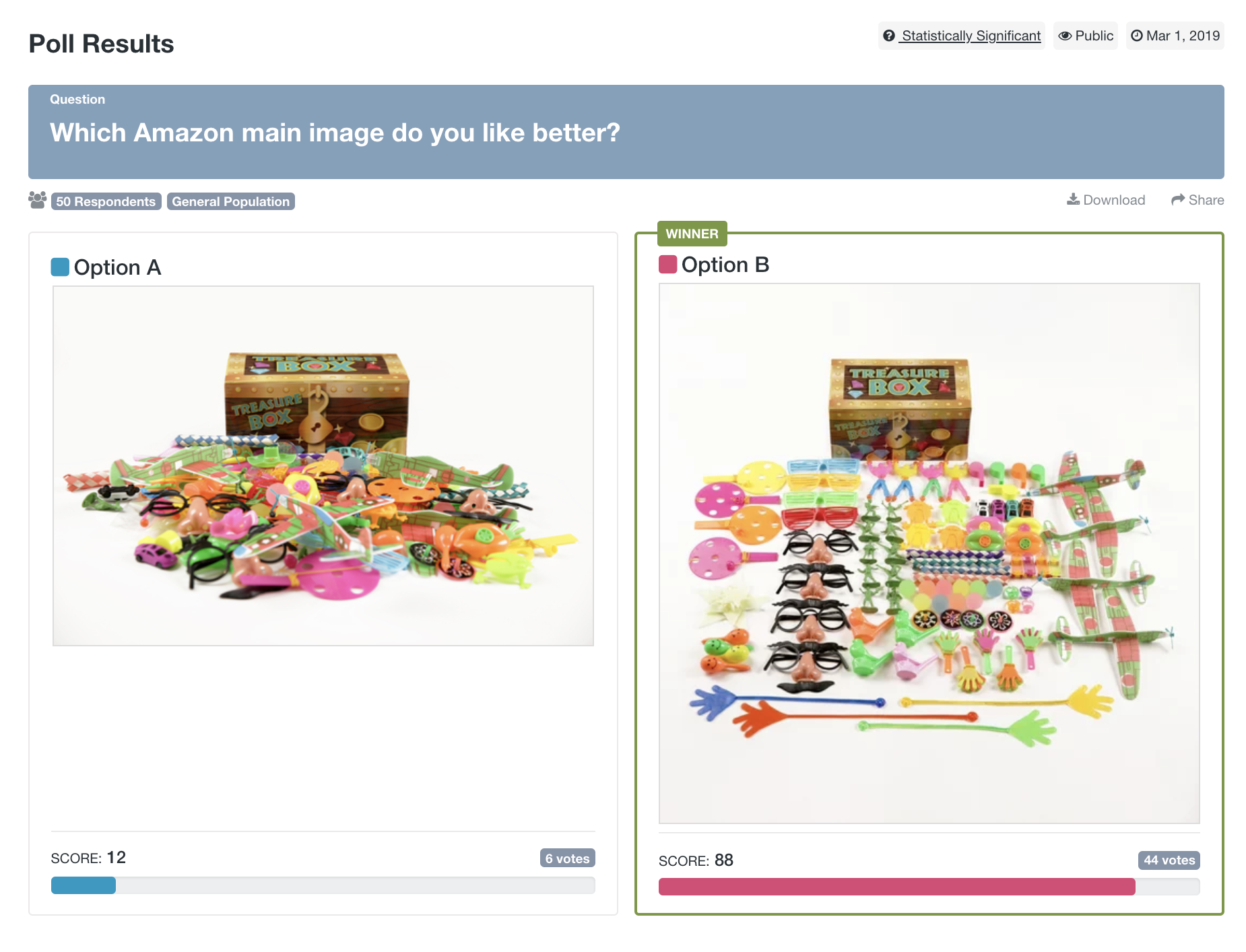Friday, Feb. 12 is Lunar New Year. If you’re an e-commerce seller, you’ve marked the date on your calendar. It is the most important holiday on the Chinese calendar, and it affects sellers everywhere.
Also known as the Spring Festival, Lunar New Year is celebrated not only in China but across much of Asia, and not just on one day, but for up to 15 days; the length varies between countries. As festivities ramp up, business slows to a crawl. Many suppliers and factories, including the ones you work with, close up shop.
You’ve done what you can to prepare for the inevitable slowdown. Now what should you do to make the most of Lunar New Year? We rounded up seven tips with the help of e-commerce experts who know a thing or two.
What happens during Lunar New Year?
Lunar New Year marks the first new moon of the lunar calendar, which China and other Asian countries follow. In the U.S., Lunar New Year has been popularized as Chinese New Year.
The holiday, which falls on a different day every year, is steeped in tradition and symbolism. In China, people travel by the millions so they can be with their families and celebrate with feasts, parades, and festivals.
In fact, Lunar New Year is a weeklong public holiday in China — Feb. 11-17 this year. Offices and factories close. Production comes to a halt. Workers tend to take vacation for the entire 15-day period, starting before the actual holiday.
What should sellers do during Lunar New Year?
For some e-commerce entrepreneurs, this is as good a time as any to hit pause and recharge.
Erick Rodriguez typically goes on a multi-country vacation with entrepreneur friends, while Goat Consulting‘s Will Tjernlund takes a Zen approach. “So much of the Amazon business tends to be a feeling of hurry up and wait,” says Will. “If new SKUs are not on the horizon, just sit back, relax, and truly enjoy running your business.”
But Lunar New Year also offers the perfect opportunity to polish your online store and presence. Here are seven ways to maximize the time.
1. Keep working (and get on WeChat)
This sounds obvious, but here’s the thing: not every supplier or factory closes for the holiday, even if their auto-reply email says so. Some still check in via WeChat.
Just ask experienced sellers like Sourcing Monster’s Tomer David and lingerie entrepreneur Sylvia Stefanowicz. “I will not really enjoy this time off because that’s what my competitors are doing,” says Tomer.
Sylvia is busy with her spring/summer collection and close to inking a deal with a new manufacturer. “We don’t sit back. This year we are heavily focused on building our reach via Amazon in Europe, including launching on Amazon Poland,” she says.
Tomer’s advice? Ask your suppliers and manufacturers, and those you’re scouting for future products, for their WeChat contact info. Keeping these relationships strong is key to your success as a seller.
And don’t forget to wish your overseas contacts a happy and healthy holiday today, says Liran Hirschkorn, founder and CEO of Incrementum Digital, which helps brands scale their Amazon sales.
2. Do product research and development
You know how the best ideas sometimes come to you in the shower? Hop in that shower and spin up product ideas and variations!
“Chinese New Year time is a great time to work on new product development, so you can come back to your suppliers with which new products or variations you want to develop and double down to increase sales on new products launched before the holiday,” says Liran.
Dig into market trends and keywords to figure out products to add to your inventory. Look into expanding beyond your current marketplace. Review our guides to product sourcing for eBay and Amazon FBA as you research wholesalers and new platforms.
“Shopify? Pinterest? Etsy? Now is the time to think of your next thing,” says Tim Jordan, founder of the e-commerce selling community Private Label Legion and host of AM/PM Podcast.
3. Review and improve your listings
Is your product title specific enough, with relevant keywords, brand and model names? Does your description answer questions your customers might have?
Each element of your product listing has an impact on your sales. Now’s the time to put the images, titles, and descriptions under the microscope.
Edit and polish accordingly, then split test them on PickFu with a targeted audience that mirrors your customer base. You’ll get detailed feedback quickly, usually within 30 minutes.
“Start with your main image to increase clicks and session numbers,” says Etienne Ameil, a seven-figure seller based in Europe. “Once this is done, do a price test to find optimal pricing that will maximize your total daily profit.”
4. Focus on customer reviews
Given the zillion things you have to stay on top of as a seller, you might view customer reviews as a lower-priority item. That’s a mistake.
Nearly everyone looks at reviews before they buy. (Don’t you?) Reviews build trust. Use this time to ask for them. And yes, it’s perfectly OK to ask your customers for reviews.
Your email list is gold for reaching out in a personalized, not-spammy way to encourage reviews. Do it yourself or use a feedback tool that does it for you. This overview covers six of the best Amazon feedback tools.
5. Communicate early and often
Orders might be delayed if you hadn’t prepared early enough before Lunar New Year. Customers might be getting antsy. It’s as important as ever to stay engaged with them via email and social media. Post a note explaining any potential issues due to the holiday on your website.
Excellent customer service and dedicated marketing will keep your brand and products top of mind during this time.
6. Build your team
Tackling the day-to-day stuff is necessary, but once you reach a certain size, it might be holding you back.
“Sellers, this is your time to get your own dream team in place,” says seller-turned-agency-CEO Nate Ginsburg of SellerPlex.
Focus on specific goals and hire the people who will help you achieve them, whether that’s someone to take on the day-to-day tasks or a big-picture strategist. “Reinvesting in this way will ultimately grow the business — easier, better, and faster,” says Nate.
7. Plan for next Lunar New Year
Make a note of any issues as they come up and set a post-holiday date to check in with your suppliers.
“Be thinking about order projections for the entire year,” says Tim Jordan. And be specific in your follow-up emails and calls. “Send them a, ‘I believe I will be ordering xxx number of units on these months.’ Let them know you are in it for the long haul,” Tim says.
“It’s a good idea to talk with suppliers openly about potential problems that may occur,” says Krystsina Uradzimskaya, owner of multiple e-commerce brands.
Track your sales during this period to figure out inventory needs for next year. Was there a drop in quality control? What can you do differently?
It’s never too early to ask these questions and plan for next Lunar New Year — which, by the way, is Feb. 1, 2022.






